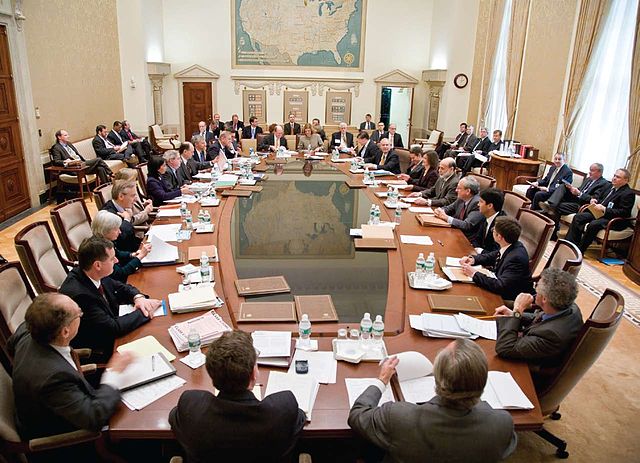On May 17, 2007 Ben Bernanke, then chairman of the U.S. Federal Reserve System, spoke at a conference sponsored by the bank’s Chicago branch and told his audience the following:
[W]e believe the effect of the troubles in the subprime sector on the broader housing market will likely be limited, and we do not expect significant spillovers from the subprime market to the rest of the economy or to the financial system.
Just 18 months later the world economy was on its knees due to the implosion of the subprime housing market, an implosion that ended up spilling over into practically every other part of the world financial system.
Bernanke’s confident speech preceded the highs in the Dow Jones Industrial Average by only a few months and a few hundred points before the index plunged by more than 50 percent. Investment types would style Bernanke’s speech as a contrary indicator—an event, utterance or market statistic that suggests excessive optimism or pessimism in a manner that indicates an imminent and major reversal in the prevailing market trend.
After it was clear that the world financial system had avoided the abyss and the world economy had started to pick up again, Bernanke was hailed as “the man who saved the economy” by Newsweek and was chosen as Time magazine’s “Person of the Year” for 2009.
It was a little like applauding a pilot (read: central banker) who had recently crashed a plane (the economy by creating excessive credit), outfitting him with a new aircraft (costing trillions of dollars in central bank interventions and government bailouts of banks and major industries), and then congratulating him for getting the new plane (revived economy) off the ground.
Recently, Bernanke, whose hero-status seems not to have faded, appeared on CNBC to prognosticate again:
“[The current downturn is] really much closer to a major snowstorm or a natural disaster than it is to a classic 1930s-style depression.” Bernanke said he does expect a “very sharp” U.S. recession, but also a “fairly quick” recovery.
Bernanke alas is not in a position to “save” the world economy himself any more. But he gives high marks to his successors at the Federal Reserve for a quick and awe-inspiring response that is pumping trillions of dollars into the financial markets in a short period. Has he become a contrary indicator again?
While Bernanke admits that monetary policy cannot make the pandemic go away, he believes that with proper guidance from public health officials and adherence to their advice, we will all soon be helping to create the next financial bubble that will carry the world to new heights of speculation.
In my estimation, whether the world returns to some semblance of normal by summer or whether the horror of COVID-19 continues into the fall and winter, the problem is that confidence has already been shattered. Millions of small businesses across the world are likely to be shuttered no matter what. Many medium-sized and large businesses will be reluctant to hire or invest. Few people will be willing to spend either because they don’t have work or because they fear they may not have work for long.
Bills and mortgages will go unpaid and those to whom the money is owed will become financially crippled. Investors who borrowed money to speculate will be largely wiped out or at least severely curtailed in their appetite for risk. The average 401K retirement account holder will be so shocked that the idea of risking what is left in his or her account in stocks will seem like the height of folly.
That doesn’t mean the economy won’t revive. But it seems unlikely that it will roar. Those who are expecting conditions to return to the torrid pace of 2019 are likely to be disappointed, possibly very disappointed.
To understand why this is the likely outcome, one must understand that the coronavirus epidemic was merely the match which lit the fuse of a fragile and overstretched credit system, one which is now in the process of blowing itself up. There has been too much borrowing by two many companies in the belief that the boom could go on forever. (See here and here.) Once you understand that, you’ll understand that even if the pandemic is brought under control in the next three or four months, it will be very hard to get the world economy growing again.
Of course, there is always the possibility that the pandemic continues to wreak havoc on the world economy for 18 months and beyond. All of the optimistic economic scenarios neglect this outcome.
Photo: Modern-day meeting of the Federal Open Market Committee at the Eccles Building, Washington, D.C. Via Wikimedia Commons https://commons.wikimedia.org/wiki/File:Federal_Open_Market_Committee_Meeting.jpg






